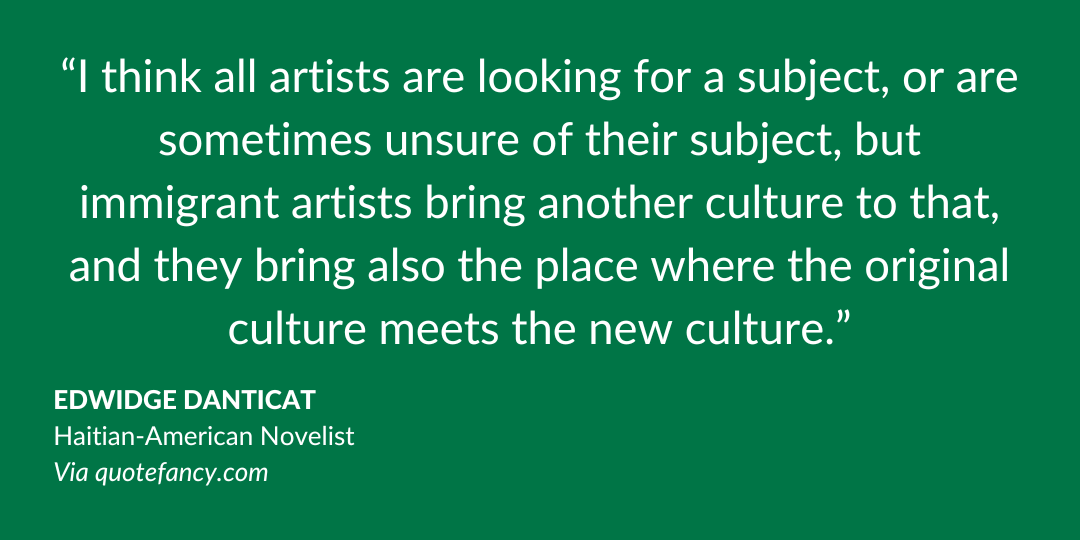Energized by the warming temperatures and our trip to the Pratt Institute’s sculpture walk a few weeks ago, we decided to explore the art offerings of other schools in New York City. We were happy to find the newly installed “Magis Sculpture Exhibition” on Fordham University’s Lincoln Center campus. Tucked away in a calm grassy plaza just above street level, the installation features works on loan from Nantucket’s Cavalier Galleries. We were thrilled to see the work of Bjørn Skaarup, having enjoyed his “Hippo Ballerina” since 2017. This installation included Skaarup’s “The Majestic Lion,” “The Frog” and “The Giraffe,” as well as works like “After Shopping” from artist Bruno Lucchesi. As we begin to thaw from winter, we hope you get a chance to catch this great installation.
Pratt Institute Sculpture Park
Nestled away in Clinton Hill, Brooklyn is the sprawling campus of the Pratt Institute (“Pratt”). For over a century, Pratt has educated bachelor’s and master’s students in the arts, serving as an incubator for creativity in New York City. As temperatures began to rise here in New York, we took a lovely stroll through Pratt’s sculpture park. The park includes a collection of over seventy sculptures by artists, faculty, and graduates on display throughout campus, which is open to the public.
Pratt’s sculpture collection is constantly evolving, with works on loan to the university for a few years at a time. On this visit, were able to appreciate the works of artists like James Tyler, Nova Mihai Popa, Wendy Klemperer, Santiago Calatrava, and Martha Walker. The grounds have pieces to enjoy and explore every few meters – the sculptural lions, spheres, and “brickheads” we enjoyed barely scratch the surface of what the park has to offer. We look forward to return visits to continue exploring Pratt’s extraordinary displays!
Luna Luna: Forgotten Fantasy






Photos by Andrew Markey
In 1987, extraordinary artists like André Heller, Jean-Michel Basquiat, Keith Haring, Salvador Dalí, Roy Lichtenstein, Arik Brauer, Sonia Delaunay, Kenny Scharf, Monika Gil’sing, and David Hockney designed an amusement park which premiered in Hamburg, Germany. It was the world’s first art amusement park, a stunning interactive exhibition, which shortly after its premier, was packed into shipping containers and forgotten in Texas. Now, thirty-seven years later, Luna Luna: Forgotten Fantasy has been revitalized and is currently on display at The Shed at Hudson Yards.
We were lucky to explore the enchanting exhibition recently, which features a carousel, a Ferris wheel, and even a chapel in which couples married during the run of the original exhibition in Hamburg. The park is a fascinating exploration into the iconic artists’ ideas of what an amusement park represents, even if you cannot go on the rides. As Keith Haring said during the exhibition’s original run, “Art is nothing if you don’t reach every segment of the people.” Luna Luna embraces us all and invites memories of childhood. With a limited run through March 16th, this is a wonderful opportunity to see the work of the modern greats.
The Greatest Makers of our Time
“Untitled (America/Me)” by Glenn Ligon
For decades New York based artist Glenn Ligon has explored issues of race, sexuality, and identity in his art through a historical lens, drawing on literature and sources from the past. Using text in his work, he plays with language to make us think about shifting meanings in different contexts. Now, Ligon has once again drawn attention to what America means as our nation struggles to maintain unity.
“Untitled (America/Me),” is a new 25 x 75 foot billboard viewable from the High Line at 10th Avenue and 18th Street. The installation revisits Ligon’s iconic 2008 neon sculpture, “Untitled,” which featured the word AMERICA in bold neon caps that flickered on and off. Ligon has modified his original piece by crossing out most letters in AMERICA, leaving behind only the word “ME.” As the artist explains, “The word ‘America’ is eclipsed, and the blackening of the letters adds a layer of ambiguity… It’s timely as we reflect on our purpose as a nation and as individuals.” Timely indeed as we ponder the election this coming November 5th and what America means to each of us.
“Wildlife Wonders” by Gillie and Marc



We can never get enough (see our Wildlife, Paparazzi Dogs, and most recently Herd of Hope posts) of artists Gillie and Marc’s works. Now, Rabbitwoman and Dogman have returned to The World Trade center, bringing along some endangered friends to shine a light on wildlife conservation efforts.
At the center of “The Arms of Friendship,” sits the world’s largest octopus sculpture. Surrounded by a group of his wild animal friends, he welcomes all to climb aboard and explore. If climbing is not your thing, feel free to sit at “The Wild Table of Love” alongside bronze sculptures of various animals currently facing extinction enjoying teatime. We encourage you to go enjoy these immersive sculptures as Gillie and Marc bring us face to face with wildlife, urging us all to take action and protect the wild before we lose these beloved creatures.
“Les Voyageurs” by Bruno Catalano



Photos by Misia Delgado
Walking along Park Avenue in Manhattan, you may notice people are missing parts of themselves. Fortunately, you have not taken a turn into the Twilight Zone but have come across “Les Voyageurs”, or The Travelers, an installation by Bruno Catalano.
The artist, who settled in Marseille after leaving his homeland of Morocco at the age of ten, was a sea traveler who worked on boats. His first torso-less statue was the result of a casting accident, but now the gaps in these bronze statues are a signature of the sculptor.
Drawing from his own immigration journey when creating “Les Voyageurs”, Catalano’s statues depict the bodies of weary travelers, clutching onto a piece of luggage with a gap in their torso. Despite losing a part of themselves, these travelers move forward, luggage in hand.
“GRANDSLAM” by David Begbie
Photos by Protima Daryanani
After another exciting Wimbledon Championships, (Congratulations Carlos Alcaraz on the brilliant tennis in the final!!), we were reminiscing and recall this unique mesh sculpture, “GRANDSLAM” by David Begbie inside the Centre Court building.
Begbie described his desire to capture the spirit of tennis, explaining “it is the action and attention and burst of athleticism… I needed to get that sense of movement.” To bring the actions of the players to life he used steel mesh, which allows light and shadow to come through and enhance the feeling that the sculpture itself is in motion.
“GRANDSLAM” lives permanently in the Centre Court building atrium, and “resonates with the soul of The Championships past, present and future.”















